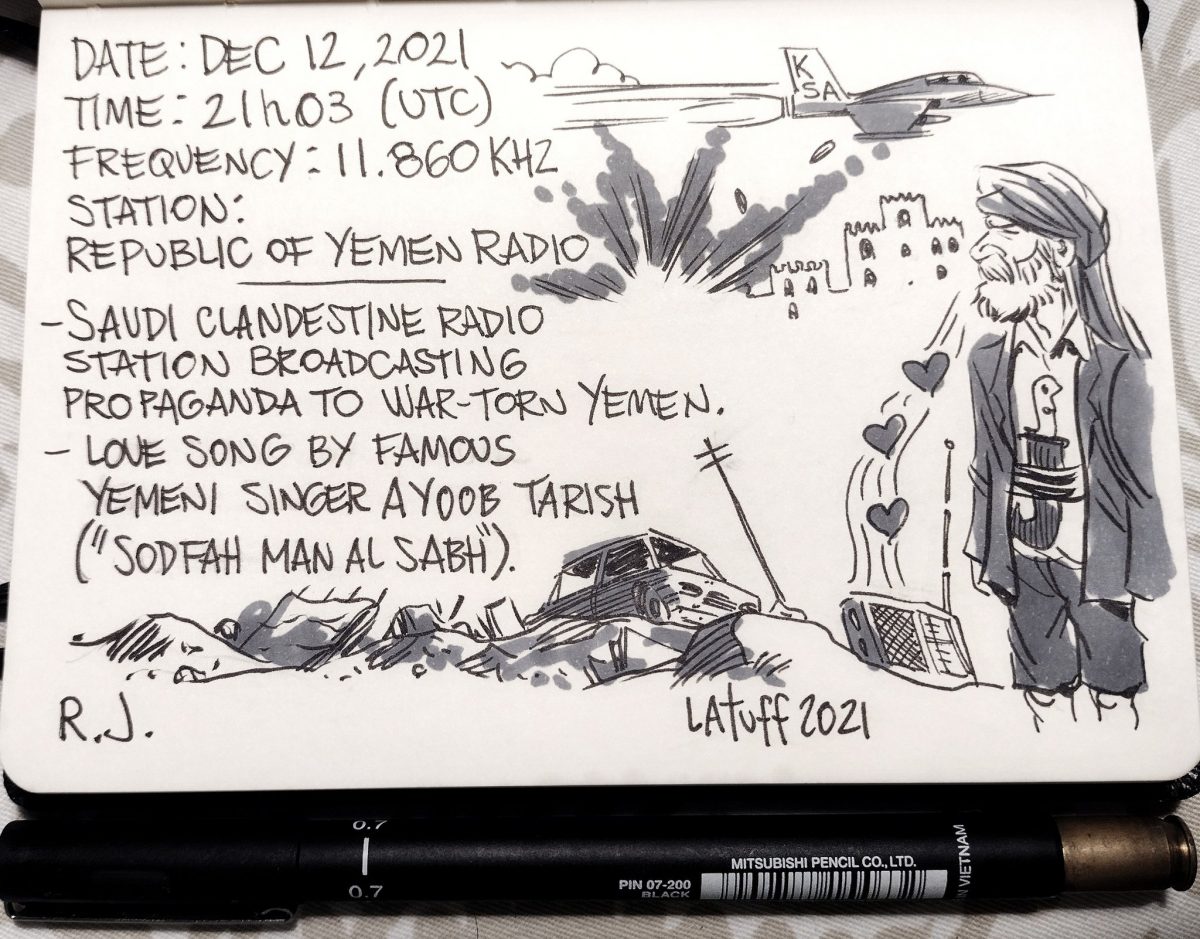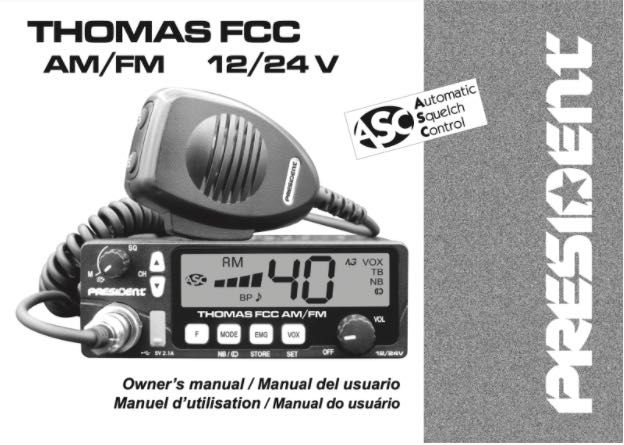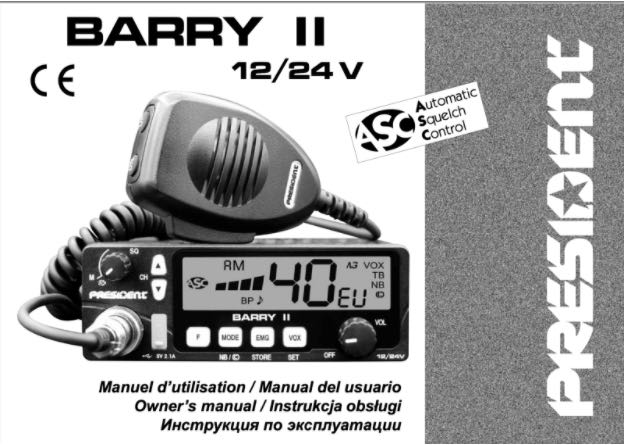
WRMI presenta una nochevieja panamericana
(WRMI Presents a Pan-American New Year’s Eve)
1 de enero 2022, 0200-0300 UTC
(31 de diciembre 2021, 2100-2200 hora del este en Estados Unidos)
5800 & 7780 kHz
Cortesia a WRMI, Luis Alejandro Vallebueno y Uncle Bill Tilford presentan una hora de canciones y costumbres para la ocasión de de varios países latinoamericanos más mensajes de varios invitados especiales. Si la propagacion lo permite, escuchable en todas las américas y partes de Europa y África occidental. Que pasen una hora con nosotros antes (o después) de sus fiestas físicas. En español con momentos en inglés y portugués.
Courtesy of WRMI, Luis Alejandro Vallebueno & Uncle Bill Tilford present an hour of songs and customs from several Latin American countries plus messages from several special guests. If propagation permits, listenable throughout the Americas, parts of Europe and western Africa. Spend an hour with us before (or after) your physical parties. In Spanish with moments of English and Portuguese.
Carlos’ Shortwave Art and Recording of Clandestine Republic of Yemen Radio
Many thanks to SWLing Post contributor and noted political cartoonist, Carlos Latuff, who shares another example of his radio log art, this time for clandestine station, Republic of Yemen Radio.
Carlos notes:
Republic of Yemen Radio, 11860 kHz, Saudi Arabia’s clandestine broadcaster broadcasting political propaganda to Yemen, a country that has been undergoing Saudi military intervention since 2015. Excerpt from a romantic song by the famous Yemeni singer Ayoob Tarish.
Signal picked up in Rio de Janeiro on Euro 12, 2021 at 6:03 pm. I thank Suhaila Abdel Latif for the kindness of the translation.
BBC Newshour and the first shortwave Transatlantic Tests
Many thanks to SWLing Post contributors, Doug and Kris, who both share a link to BBC Newshour which was broadcast yesterday (Dec 12, 2021).
The final segment of the show focuses on the birth of international shortwave radio and the first Transatlantic tests. You can listen to this report over the next month via the BBC Sounds website. This is the final piece in Newshour and starts at the 45:05 mark. Very much worth your time!
Click here to listen to this segment on BBC Sounds (starting at 45:05).
Guest Post: Don targets rare Norwegian stations during Newfoundland DXpedition
Many thanks to SWLing Post contributor, Don Moore–author of Following Ghosts in Northern Peru–for the following guest post:
The Rarest DX?
By Don Moore
In mid-October I received an invitation to attend the annual DXpedition in Cappahayden, Newfoundland with Jean Burnell, John Fisher, and Jim Renfrews. It didn’t take long for me to say yes. Newfoundland is one of the best places in the world to DX from and all kinds of amazing stuff has been heard there. I was excited at the prospect of great medium wave DX and being able to log low-powered European private and pirate shortwave broadcasters.
But something else was at the top of my try-for list. One of my many DX interests has always been logging coastal marine stations in the 1600 to 3000 kHz range. In preparation I started checking online sources to update my spreadsheet of schedules. In going through a recently added section on Marine Broadcasts in the DX Info Centre website I came across listings for twice-daily weather broadcasts from Hopen Island on 1750 kHz and Bjørnøya (Bear Island) on 1757 kHz.
I didn’t remember ever seeing anything about broadcasts from these remote islands in the Norwegian Arctic before. Were these stations actually on the air, I wondered. And if they were, could I hear them in Newfoundland? Continue reading
Radio Waves: First Transatlantic Signal 120 Years Today, 100 Years of German Radio, NASA Laser Communications, and Ham Transmitter on the Moon
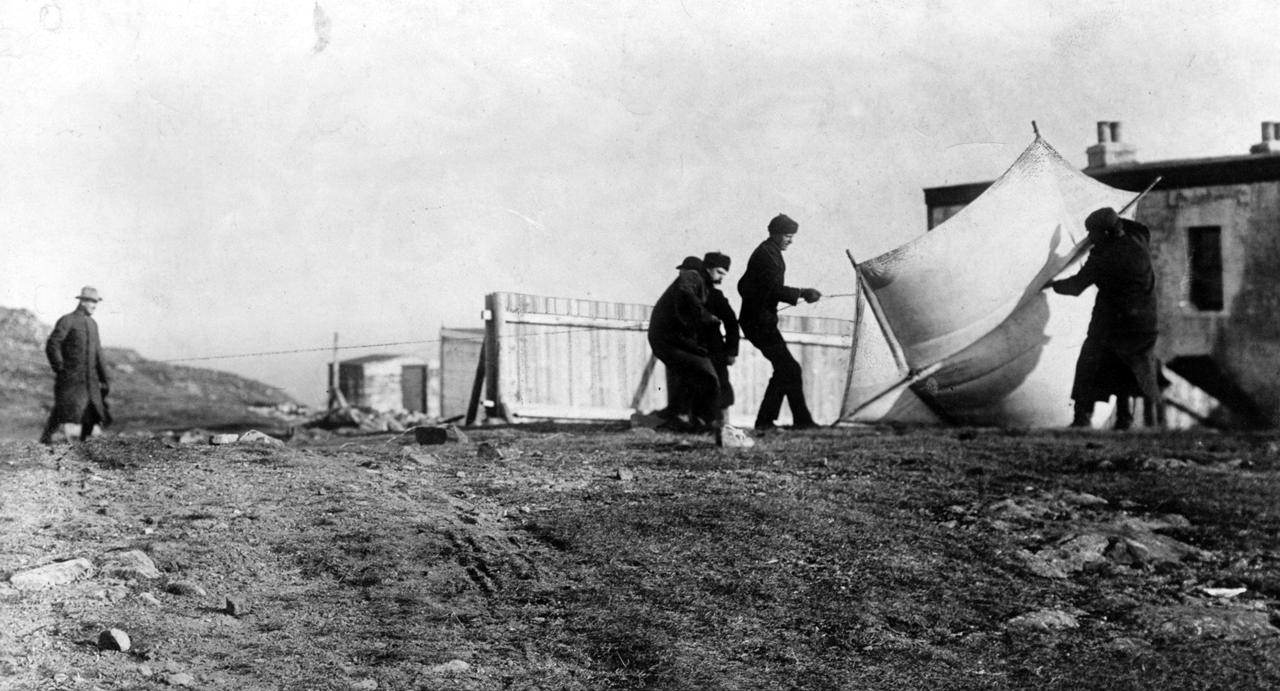
Marconi watching associates raising the kite (a “Levitor” by B.F.S. Baden-Powell[47]) used to lift the antenna at St. John’s, Newfoundland, December 1901 (via Wikipedia)
Radio Waves: Stories Making Waves in the World of Radio
Because I keep my ear to the waves, as well as receive many tips from others who do the same, I find myself privy to radio-related stories that might interest SWLing Post readers. To that end: Welcome to the SWLing Post’s Radio Waves, a collection of links to interesting stories making waves in the world of radio. Enjoy!
Many thanks to SWLing Post contributors Trevor R, Andrea Bornino, Wilbur Forcier, and the Southgate ARC for the following tips:
First radio transmission sent across the Atlantic Ocean (History.com)
Italian physicist and radio pioneer Guglielmo Marconi succeeds in sending the first radio transmission across the Atlantic Ocean, disproving detractors who told him that the curvature of the earth would limit transmission to 200 miles or less. The message–simply the Morse-code signal for the letter “s”–traveled more than 2,000 miles from Poldhu in Cornwall, England, to Newfoundland, Canada.
Born in Bologna, Italy, in 1874 to an Italian father and an Irish mother, Marconi studied physics and became interested in the transmission of radio waves after learning of the experiments of the German physicist Heinrich Hertz. He began his own experiments in Bologna beginning in 1894 and soon succeeded in sending a radio signal over a distance of 1.5 miles. Receiving little encouragement for his experiments in Italy, he went to England in 1896. He formed a wireless telegraph company and soon was sending transmissions from distances farther than 10 miles. In 1899, he succeeded in sending a transmission across the English Channel. That year, he also equipped two U.S. ships to report to New York newspapers on the progress of the America’s Cup yacht race. That successful endeavor aroused widespread interest in Marconi and his wireless company. Continue reading
Guest Post: Peter’s FM CB Update
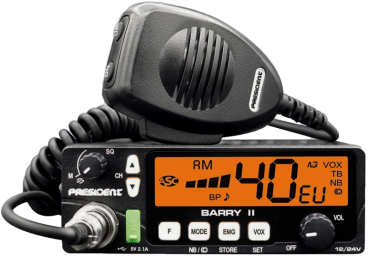 Many thanks to SWLing Post contributor, Peter Laws, who shares the following guest post:
Many thanks to SWLing Post contributor, Peter Laws, who shares the following guest post:
Thomas – Still Famous
by Peter Laws
We’re getting closer to the first legal FM CB on the market in the USA. President Electronics USA has announced that the President Thomas FCC CB radio will hit dealers in early 2022.
When first reporting on this, the assumption was that the Thomas FCC was going to be an FCC-spec Thomas ASC, a somewhat long in the tooth European multi-norm set. As the release date has approached, and President has released marketing collateral, it’s apparent that this new product is, in fact, a rebranded President Barry II, a current-production state-of-the-CB-art AM/FM European multi-norm model.
Richard, G0OJF, a pipe organ restoration and two-way radio expert from Lincolnshire, England, runs a wonderful YouTube channel “UK FM CB radio servicing”, where he restores old UK-spec CBs and then tests them on air. He also tunes up newly-released UK-spec CBs … and occasionally demonstrates restoration of 150-year-old pipe organs. He recently covered the Barry II so if you are curious about the Thomas FCC you are strongly encouraged to watch his video about its European counterpart.
Your humble reporter, who, perhaps surprisingly, has not followed the CB radio market since, (checks notes), 1977 or so, was amazed to see that the MSRP will be $109. In 1976 terms, that’s just under 25 bucks and had CBs been that price then, your reporter would have bought three because he’d been saving his pennies and that was the amount he’d saved!
Undoubtedly, the reduction in cost is from using components that are readily assembled by robots. If you watch G0OJF’s video above, you’ll note that the unit is almost completely made of surface-mount components. Remarkable.
Watch for dealers to begin offering these in the next few weeks. Your reporter plans to buy one and will be hanging out on Channel 31 FM once it’s installed in his radio room. Presumably, President (and other vendors) will be watching to see how these units sell in order to make plans for releasing other CBs that include FM. An AM/FM/SSB CB would be quite versatile!
Let’s play a game: Spot the differences!
Full manuals for both versions are here:
WRTH 2022: Two very important announcements…
If you’ve been reading the SWLing Post for long, you’ll know that I’m a huge fan of the annual World Radio TV Handbook (WRTH). If you’re a fan of WRTH as well, I’ve got some good news and some…well…less than good news.
Good News: WRTH 2022 is Shipping!
The new 2022 edition of the WRTH has been printed and is shipping.
Purchase your copy of WRTH 2022 directly from WRTH’s publishers, or from a distributor like Universal Radio (US) , Amazon.com (US), or the Book Depository (international).
Bad News: WRTH 2022 will be the final edition by WRTH Publications
WRTH’s publisher, Nicholas Hardyman, shared the following announcement today:
Having produced this book for the past 24 years we are very sorry to announce that WRTH 2022 will be the final edition of World Radio TV Handbook produced and published by WRTH Publications. This was a hard decision to make and one we only made after a lot of discussion. We know that many people rely on WRTH and greatly enjoy getting the new edition every year. We realise that this news will be disappointing for many people.
We want to thank you all for your loyal support over the years.
I know this must have been a very difficult decision for the WRTH team. While it is disappointing news, I wish everyone at WRTH the very best. I’ve gotten to know this team, especially Nicholas, over the years and it’s been an honor to work with them and even write a few of their reviews.
What now?
I believe WRTH will maintain an online presence for years to come. I would encourage you to keep their website bookmarked. Of course, we’ll announce any changes or updates to the WRTH site.
My advice? Don’t hesitate to buy the 2022 Edition!
 Seriously. I can’t tell you how many readers over the years have told me they regretted not purchasing the final edition of Passport to Worldband Radio when it was new. Many didn’t realize that particular year would be the final edition and missed the opportunity.
Seriously. I can’t tell you how many readers over the years have told me they regretted not purchasing the final edition of Passport to Worldband Radio when it was new. Many didn’t realize that particular year would be the final edition and missed the opportunity.
In this case, we now know the 2022 edition of the WRTH will be the last. We have to assume the company printed roughly the same amount of books that they did last year since the decision was made after the book had gone to print.
In other words, the supply will be similar to last year, but I predict demand will be much higher with readers knowing in advance that this is the final edition.
My advice would be that if you want the 2022 edition, I would bite the bullet now instead of waiting.
Purchase your copy of WRTH 2022 directly from WRTH’s publishers, or from a distributor like Universal Radio (US) , Amazon.com (US), or the Book Depository (international).
Again, here’s wishing everyone at WRTH Publishing the very best! Thank you for so many years of bringing our amazing international radio world into print.


